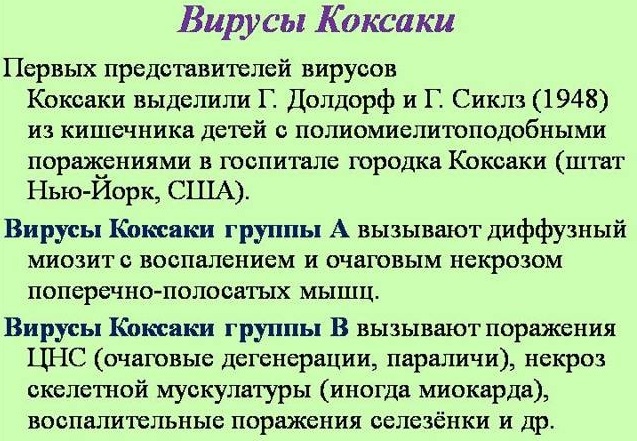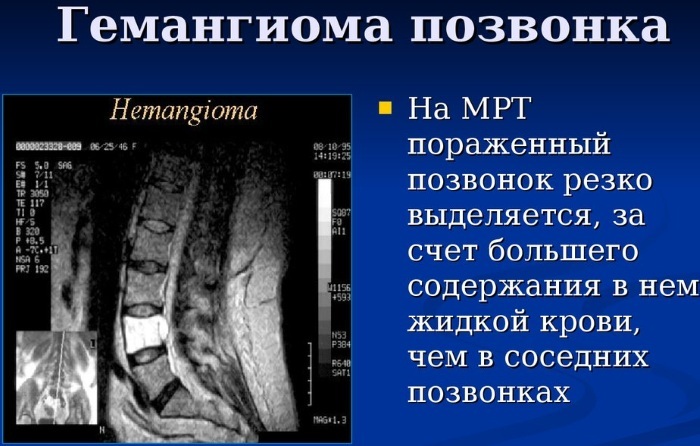rheumatoid arthritisT (Lat. - polyarthritis rheumatoidea) - a chronic, progressive autoimmune disease, which is characterized, above all, in the form of joint disease erosive arthritis (synovitis) with subsequent formation of articular deformation and the presence of a number of extra-articular manifestations of autoimmune inflammatory process.
GENERAL
Rheumatoid arthritis - one of the most common rheumatic diseases. Usually affects people of working age, is often a cause of disability. Women are affected 3-4 times more often than men.
Symptoms of rheumatoid arthritis and treatment depend on the stage and activity of the process. We should remember that the proper treatment of the disease is expensive.
CAUSES
 The exact cause of rheumatoid arthritis is unknown.
The exact cause of rheumatoid arthritis is unknown.
Installed such causes rheumatoid arthritis, smoking and genetic predisposition. Among the exogenous factors also point out the impact of a number of viruses. The combination of external factors with genetic predisposition and triggers mechanisms disorders of immunoregulation, autoimmune reactions, which lies in the The pathogenesis of the disease and leads to permanent inflammatory process with appropriate biochemical reactions in tissues body.
Next, consider and symptoms, and treatment of rheumatoid arthritis.
CLASSIFICATION
The classification of rheumatoid arthritis includes both clinical manifestations and pathogenesis, for.
In formulating the diagnosis are taken into account:
- The degree of activity: 0, I. ІІ, ІІІ.
- Form - seropositive or seronegative.
- System and extra-articular manifestations.
- Complications.
- Erosive or non-erosive form (according to ultrasound, MRI, X-ray).
Clinical stage:
- Very early (up to 6 months from the onset of the disease).
- Early (6-12 months).
- Unfolded (more than 1 year, plus the typical symptoms of the disease).
- Late (2 years or more, in the clinic there are a pronounced loss of small and large joints, complications).
Stage radiological manifestations:
- I stage - a slight osteoporosis and slight narrowing interarticular slots.
- Stage II - a moderate or severe osteoporosis unit plus erosion of the articular surfaces, multiple foci radiolucencies bone.
- III stage - plus subluxation of joints, erosion, are multiple.
- Stage IV - plus osteophytes, ankylosis of the joints.
Functional class:
There are four options that take into account the possibility of self-service and security of non-professional and professional skills.
SYMPTOMS
 The main symptoms of rheumatoid arthritis are linked, of course, with articular manifestations. This pain, stiffness, swelling, hereinafter - the deformation and limited mobility.
The main symptoms of rheumatoid arthritis are linked, of course, with articular manifestations. This pain, stiffness, swelling, hereinafter - the deformation and limited mobility.
The main symptom of rheumatoid arthritis is synovitis - inflammation of the synovial joints; has symptoms as pain, swelling and smoothing the soft tissue around the joints contours, the local change in the color and temperature of the skin.
Initially involved in the pathological process the small joints of the hands and feet to the presence in them of morning stiffness duration which increases with disease course.
Large joints (knee, hip, elbow, wrist, etc.) Are typically involved in the process at a later stage. At the same time there is a deformation of the joints as a result of subluxations, which further limits their function.
Extra-articular (systemic) manifestations:
- general, non-specific - fever, general weakness, weight loss;
- vasculitis (inflammation of the vessel wall - are affected vessels of the skin and internal organs);
- rheumatoid nodules - painful seal with localization in the areas of the scalp, sacrum, elbows, tendons (Achilles in the brush area);
- inflammation of the serous membrane - the pleura, pericardium;
- neuropathy (loss of one or more nerves of limbs);
- inflammation of the membranes of the eyes.
DIAGNOSTICS
Diagnosis of rheumatoid arthritis is carried out in several directions. In the aggregate results and the diagnosis is established.
Basic methods for diagnosis of rheumatoid polyarthritis:
- Gathering medical history and complaints. Estimated duration and severity of the main symptoms.
- Physical examination: determine the number of affected joints, range of motion, presence of deformities, hand grip strength.
- Blood analysis to determine the erythrocyte sedimentation rate and C-reactive protein - non-specific markers of inflammation.
- serological tests - detection of rheumatoid factor and anti-CCP (cyclic tsitrulinovomu antibodies to peptide).
- Investigation of the state of the joints: Radiography, ultrasound, MRI of the joints, synovial fluid analysis.
TREATMENT
Treatment of rheumatoid arthritis - a continuous process, its purpose - the maximum possible preservation of the integrity of joints, the reduction of activity of the process to a minimum, achieving remission.
Only a specialist, rheumatologist, will determine how to treat rheumatoid arthritis, which use a combination of drugs (usually the patient receives the drug 2-3). The treatment starts with the confirmation of the diagnosis and continues throughout life.
Groups drugs used to treat rheumatoid arthritis:
- Disease-modifying antirheumatic drugs - prevent the destruction of the joints, allow to preserve their function so appointed in the first place. These include cytotoxic agents, drugs of gold, sulfasalazine, D-penicillin, anti-malarial drugs.
- glucocorticosteroids - also slow down the process of joint destruction. Used as a short-pulse therapy (high-dose) or long-term - in small doses.
- immunosuppressants (Cyclosporine).
- Nonsteroidal anti-inflammatory agents - do not affect the activity of the process, capable of reducing the symptoms of rheumatoid arthritis are applied in combination with basic drugs.
It is very important the use of physiotherapy techniques:
- physiotherapy;
- massage;
- manual therapy;
- acupuncture;
- thermal, water and elektroprotsedury (paraffin, ultrasound, laser, electrical, etc.);
- spa treatment (primarily resorts to mud therapy) is administered without exacerbation;
- orthopedic correction (special shoes, crutches).

COMPLICATIONS
Complications of rheumatoid arthritis: from joint ankylosis is resulting in significant dysfunction; nervous system reacts to the development of carpal tunnel syndrome (nerve damage in the extremities resulting in a compression of the bone and muscle channels). The most dangerous complication - secondary systemic amyloidosis. Thus, renal amyloidosis leads to renal failure, which is often the cause of death.
PREVENTION
Specific prevention of rheumatoid arthritis exists. Should quit smoking, avoid stress, hypothermia, time to treat viral and bacterial infections.
FORECAST FOR RECOVERY
The outcome of rheumatoid arthritis is a profound disability, disability, and need constant care. With proper treatment of rheumatoid arthritis, in most cases it is possible to achieve slowing the progression of, prolonged remission of the disease and maintaining disability.
Found a bug? Select it and press Ctrl + Enter



